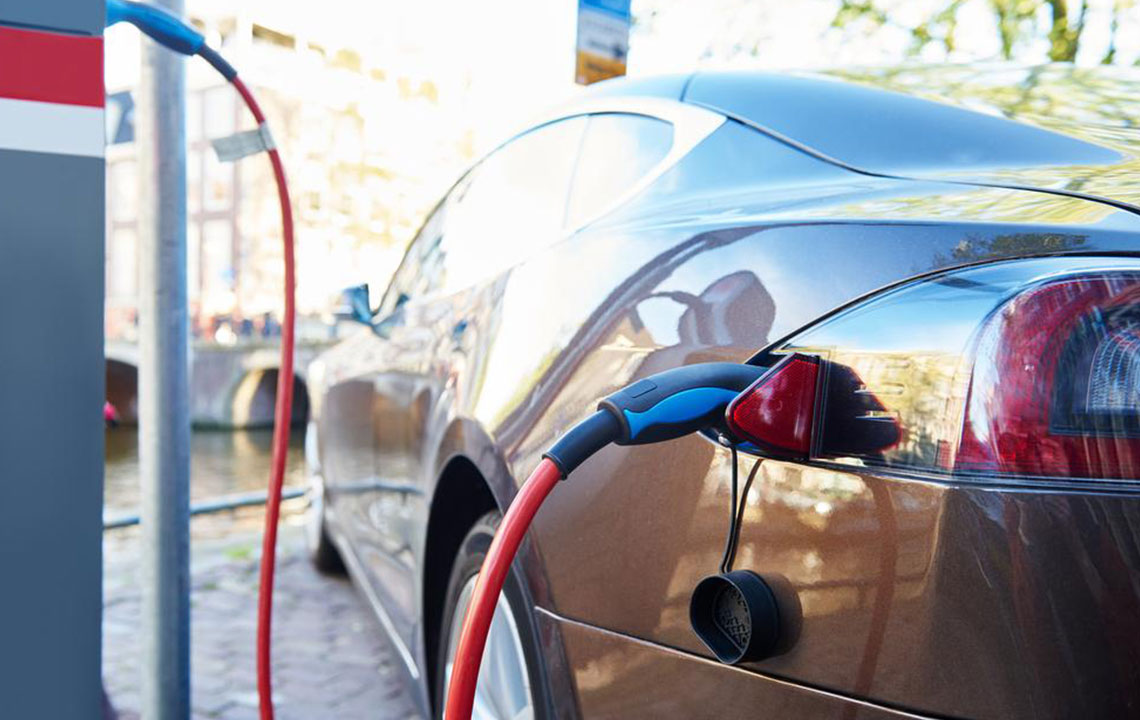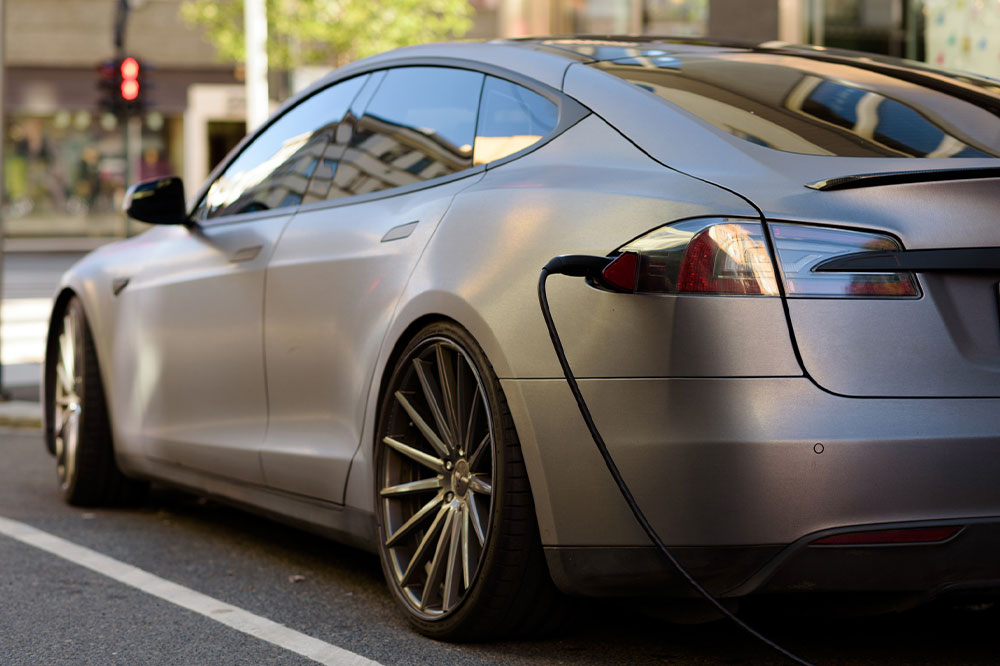Essential Guide to Alternative and Hybrid Vehicles
Discover the essentials of hybrid and alternative vehicles, including types, fuels, benefits, and drawbacks. This comprehensive guide explains how these eco-friendly options are shaping the future of transportation with lower emissions, enhanced efficiency, and innovative technologies. Suitable for anyone interested in sustainable mobility and environmental conservation, this article highlights the key features and advantages of adopting alternative power vehicles.

Essential Insights into Alternative and Hybrid Vehicles
With growing concerns around climate change, rising fuel costs, and emissions, electric and alternative fuel vehicles are gaining popularity worldwide. These eco-friendly options reduce operational costs and environmental impact. Proper maintenance is crucial to maximize fuel savings and minimize emissions. Here's what you need to know about these innovative vehicles:
What are hybrid and alternative power vehicles?
Hybrid cars combine an electric motor with a gasoline engine, allowing them to operate efficiently using either or both power sources.
Alternative vehicles utilize fuels other than traditional gasoline or diesel, such as electricity, hydrogen, natural gas, ethanol, or solar energy. They include a wide range of models, from compact two-seaters to large SUVs and pickups.
Types of hybrid systems
Here are the main types of hybrid and alternative vehicles:
Series hybrid
Features an electric motor driven by a gasoline engine, where the engine mainly generates electricity to power the motor and move the vehicle.
Parallel hybrid
Allows the electric motor and combustion engine to work together or independently, providing a flexible driving experience.
In parallel hybrids, the vehicle can operate using just the engine, the electric motor, or both simultaneously.
Power-split hybrid
Combines series and parallel systems, offering multiple driving modes for enhanced efficiency and performance.
Plug-in hybrid
These vehicles feature larger batteries that can be recharged externally via charging stations, allowing longer electric-only drives.
Mild hybrid
Incorporates small electric motors to assist the engine for better performance and fuel economy without driving solely on electric power.
Micro hybrid
Uses start-stop technology that turns off the engine during stops, boosting efficiency through regenerative braking.
Common alternative fuels
Besides electric and hybrid options, other fuels include:
Natural gas
Uses compressed or liquefied natural gas for cleaner emissions.
Solar energy
Powered entirely by solar panels converting sunlight into electricity.
Fuel cells
Generate electricity through hydrogen and oxygen, offering high efficiency and zero emissions.
Flexible fuel
Run on blends of ethanol and gasoline, providing adaptability to fuel availability.
Why are these vehicles becoming more popular?
Growing environmental awareness and government incentives drive increased adoption. Benefits include lower emissions, improved fuel economy, aerodynamic design for efficiency, better handling, and increased safety due to added weight.
Pros of hybrid and alternative cars
Offer adaptive driving modes, better fuel efficiency, higher resale value, and improved acceleration, especially in electric models.
Cons
Initial costs are higher, and additional components can increase weight, potentially affecting handling and fuel consumption. Combined power output may be less than traditional gasoline vehicles in some instances.
Note:
The information presented is for informational purposes only. Readers should conduct further research and consult experts for detailed insights. Our content aims to inform but is not a substitute for professional advice. We are not responsible for inaccuracies or variations across different sources. Some offers or schemes may not be covered here.










